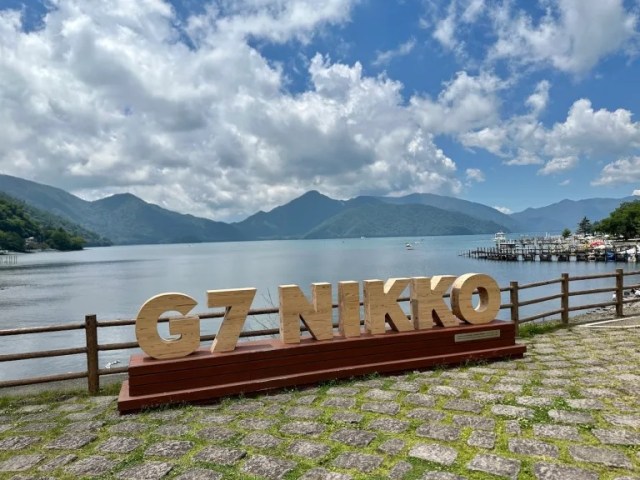
Nikko’s famous Kegon no Taki waterfall bored our reporter on his class trip, but it’s a different story now that he’s grown up.
There’s an old saying in Japan that goes like this: “You should never say you’ve seen enough until you’ve seen Nikko.” Tucked away in the mountains of Tochigi Prefecture, Nikko has some of the most beautiful natural scenery in the entire country.
Or at least that’s what grown-ups say. Our Japanese-language reporter Masanuki Sunakoma, like a lot of people who grew up in Japan, went to Nikko on a class trip when he was a kid, but its ballyhooed beauty didn’t leave all that deep an impression on him. If fact, he could barely remember what one of its most famous sightseeing attractions looked like.
That’s not an uncommon experience. For a lot of Japanese kids, the real excitement of their class trip, and what they most remember, is hanging out and screwing around with their classmates on the bus or train to their destination, and hotel hijinks if they’re staying somewhere overnight. So when Masanuki thinks back to his childhood trip to Nikko, he knows they took a group photo by the Kegon no Taki waterfall, said to be one of the “three most beautiful waterfalls in Japan,” but doesn’t remember being particularly impressed by it.
Recently, though, he just so happened to find himself in Nikko on an unrelated matter, and decided to give Kegon no Taki one more chance to see if it could win him over.
Kegon no Taki is a short distance from Lake Chuzenji, on the western end of Nikko’s primary sightseeing area. You can catch a glimpse of the waterfall through the trees from the parking lot, and right away Masanuki was struck by a sense of bewilderment that it hadn’t blown him away as a kid.
From the spot where Kegon no Taki crests the cliff, it’s a 97-meter (318-foot) drop to the stream below, creating a massive curtain of white water…and yet this is still by far the least awesome spot to see Kegon no Taki from.
To get the full experience, you’ll want to take a ride on the elevator that takes you down to the bottom of the waterfall. There is a fee (540 yen [US$3.80] for adults and 340 yen for kids), but it would turn out to be money well-spent for Masanuki.
▼ The elevator ticket
The elevator takes you down 100 meters in one minute, and once you get out you’ll find yourself in a long tunnel. Even on a sweltering midsummer day, it was a comfortable 15 degrees Celsius (59 Fahrenheit) here, so Masanuki didn’t mind having a bit of a walk.
As you exit the tunnel, you’ll come to an observation deck…
…and this is where you can appreciate the full force and towering majesty of Kegon no Taki.
The roar of the waterfall, through which three metric tons (6,614 pounds) of water flows every second, was so intense that he almost felt like shouting too, in some sort of primal exchange of affirmations of existence. Standing on the platform, with mist splashing and carried by the wind to pepper his face, Masanuki couldn’t believe he’d forgotten, or maybe hadn’t even realized in the first place, how incredible this place is.
But the more he thought about it, the more he understood why the younger Masanuki might have just shrugged his shoulders and taken it all in stride. When you’re an adolescent or teenager, going out of town with your friends is, in and of itself, an exciting adventure. Sharing snacks on the train, staying up after lights-out to play games or tell dumb jokes, shopping for souvenirs to bring back to Mom and Dad. In hindsight, they might all seem like silly, simple experiences, but in the moment they’re new and compelling, and those memories are their own sort of treasure, so maybe it’ not so strange that those are the ones that stick with a lot of people.
But wait, Masanuki has a group photo taken by the waterfall, right? Why didn’t looking at that stir feelings in him about the wonders of nature? He can’t say for sure, but he thinks it’s probably because over the years, his mental image of Kegon no Taki became the version in the photo, the one that’s not any bigger than his thumb. There’s really no substitute for the sense of scale that comes when seeing it with your own eyes, and going back as an adult and focusing on the waterfall itself finally allowed Masanuki to do that.
None of this is to say that Masanuki regrets how he spent his class trip in Nikko. Just like with rewatching a movie or rereading a book once you’ve grown up a little, though, revisiting someplace you traveled to but were lukewarm on as a kid can help you see it in a new light. So maybe the expression we talked about at the start of this article could use a little amendment, and really should be that you should never say you’ve seen enough until you’ve seen Nikko as an adult.
Photos ©SoraNews24
● Want to hear about SoraNews24’s latest articles as soon as they’re published? Follow us on Facebook and Twitter!
[ Read in Japanese ]

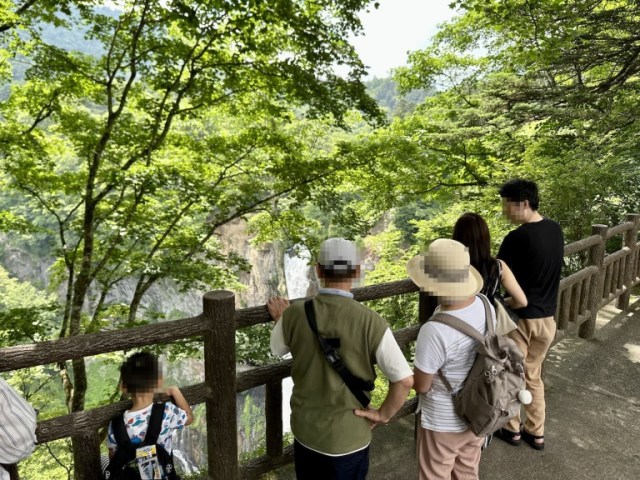

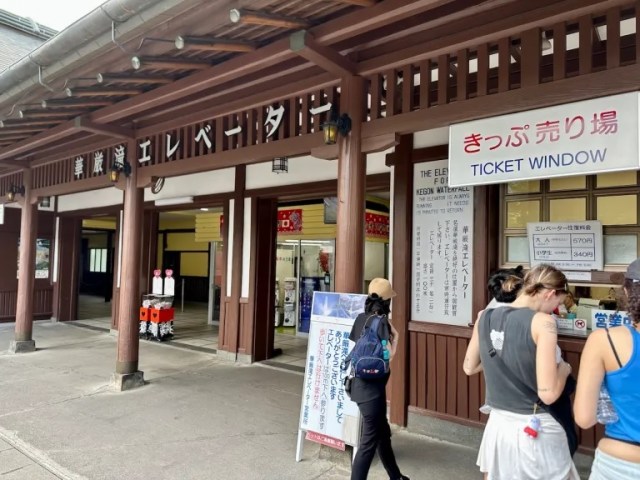
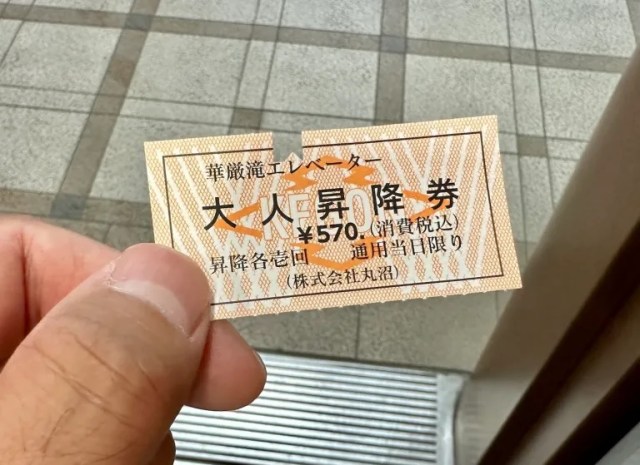
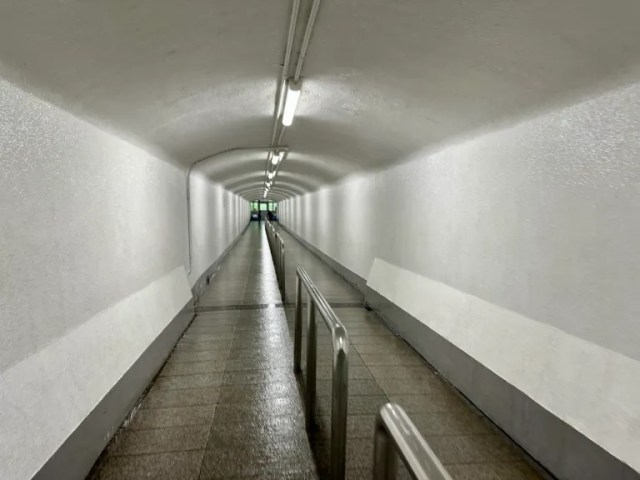
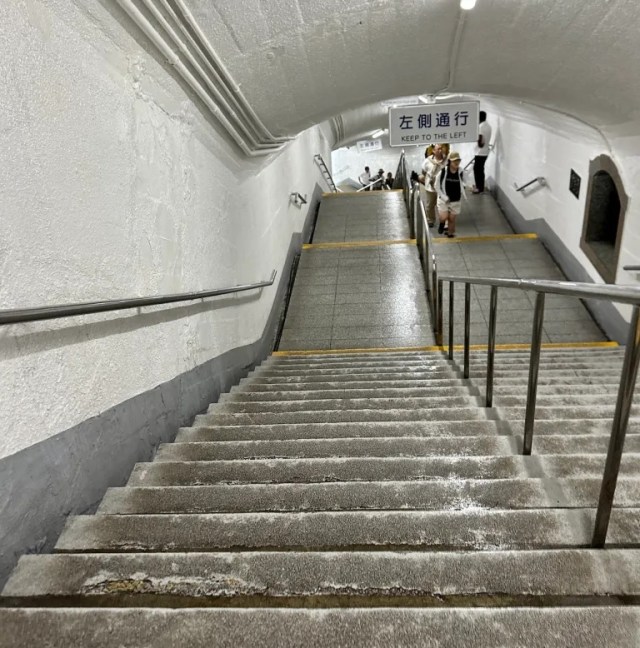
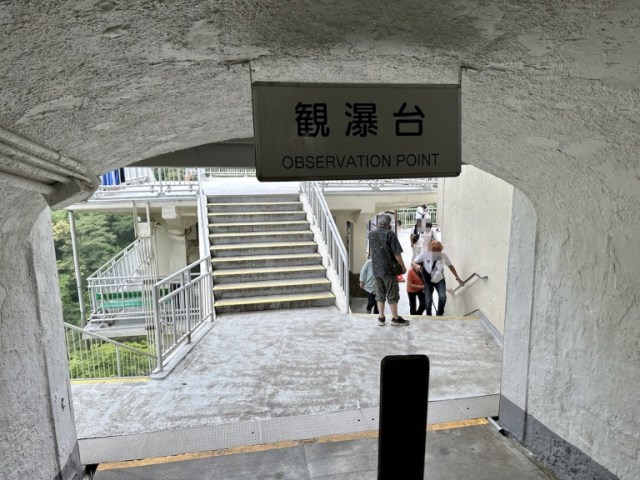
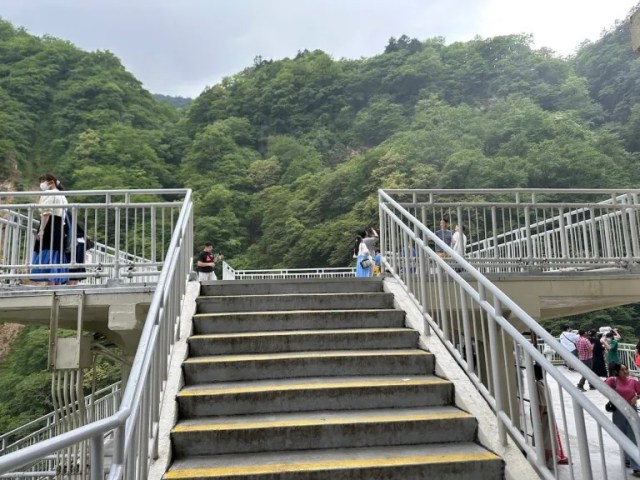
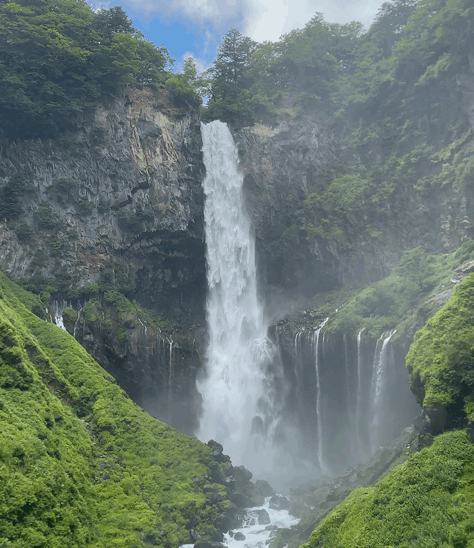
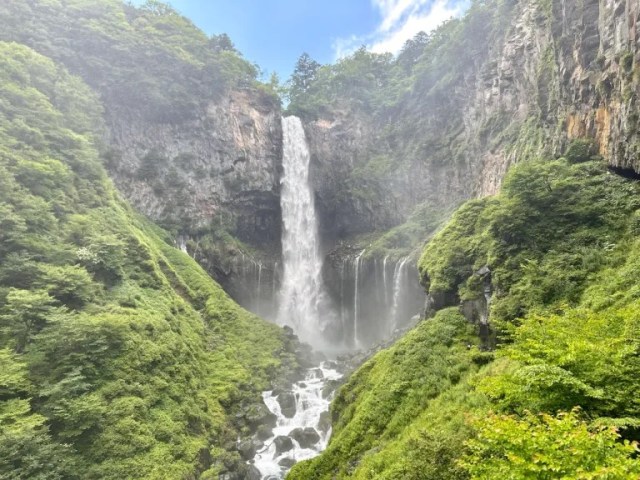
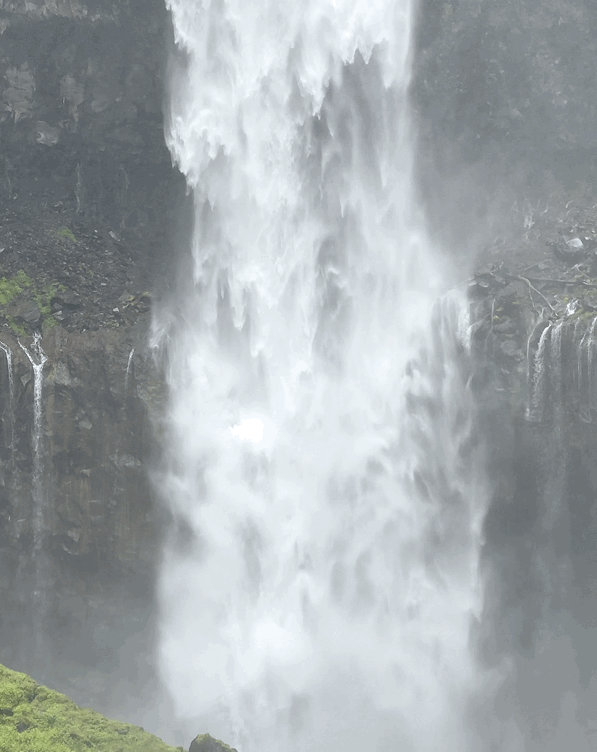
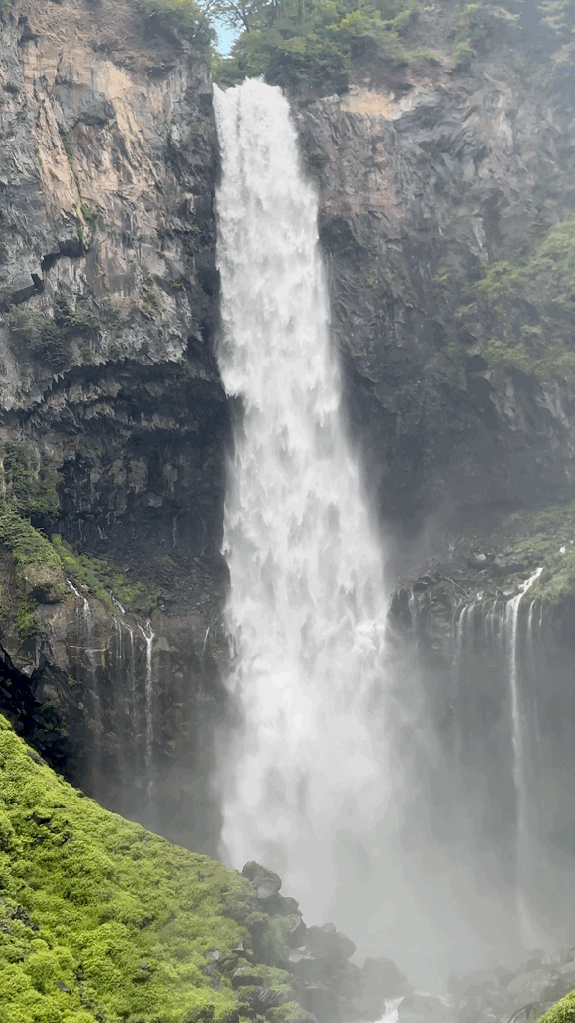
 Popular tourist spot Kegon Falls turned up to MAX after recent typhoon
Popular tourist spot Kegon Falls turned up to MAX after recent typhoon Japanese sweets box from Amazon Japan is a treasure trove of dagashi nostalgia
Japanese sweets box from Amazon Japan is a treasure trove of dagashi nostalgia Heading off the beaten path in Hokkaido for a beautiful view and local sweets
Heading off the beaten path in Hokkaido for a beautiful view and local sweets Adventures in Morocco: Our Japanese language reporter orders a hamburger, gets a surprise
Adventures in Morocco: Our Japanese language reporter orders a hamburger, gets a surprise Can the lowest-rated portable bathtub on Amazon Japan make our office a relaxing bathhouse?【Pics】
Can the lowest-rated portable bathtub on Amazon Japan make our office a relaxing bathhouse?【Pics】 Foreigner’s request for help in Tokyo makes us sad for the state of society
Foreigner’s request for help in Tokyo makes us sad for the state of society Seaside scenery, history, and so many desserts on Yokohama’s Akai Kutsu【Japan Loop Buses】
Seaside scenery, history, and so many desserts on Yokohama’s Akai Kutsu【Japan Loop Buses】 Do Hi-Chew-flavor Hi-Chews have a reason to exist?【Taste test】
Do Hi-Chew-flavor Hi-Chews have a reason to exist?【Taste test】 Japan’s summertime towelket pillowcases are even better with the addition of Ghibli stars【Photos】
Japan’s summertime towelket pillowcases are even better with the addition of Ghibli stars【Photos】 Should you add tartar sauce to Japanese curry rice? CoCo Ichi makes diners an unusual offer
Should you add tartar sauce to Japanese curry rice? CoCo Ichi makes diners an unusual offer Japanese city loses residents’ personal data, which was on paper being transported on a windy day
Japanese city loses residents’ personal data, which was on paper being transported on a windy day Akihabara pop-up shop sells goods made by Japanese prison inmates
Akihabara pop-up shop sells goods made by Japanese prison inmates Red light district sushi restaurant in Tokyo shows us just how wrong we were about it
Red light district sushi restaurant in Tokyo shows us just how wrong we were about it Harajuku Station’s beautiful old wooden building is set to return, with a new complex around it
Harajuku Station’s beautiful old wooden building is set to return, with a new complex around it Japanese ramen restaurants under pressure from new yen banknotes
Japanese ramen restaurants under pressure from new yen banknotes McDonald’s new Happy Meals offer up cute and practical Sanrio lifestyle goods
McDonald’s new Happy Meals offer up cute and practical Sanrio lifestyle goods French Fries Bread in Tokyo’s Shibuya becomes a hit on social media
French Fries Bread in Tokyo’s Shibuya becomes a hit on social media Studio Ghibli releases new action figures featuring Nausicaä of the Valley of the Wind characters
Studio Ghibli releases new action figures featuring Nausicaä of the Valley of the Wind characters New private rooms on Tokaido Shinkansen change the way we travel from Tokyo to Kyoto
New private rooms on Tokaido Shinkansen change the way we travel from Tokyo to Kyoto Tokyo Tsukiji fish market site to be redeveloped with 50,000-seat stadium, hotel, shopping center
Tokyo Tsukiji fish market site to be redeveloped with 50,000-seat stadium, hotel, shopping center Beautiful Ghibli sealing wax kits let you create accessories and elegant letter decorations【Pics】
Beautiful Ghibli sealing wax kits let you create accessories and elegant letter decorations【Pics】 Studio Ghibli releases Kiki’s Delivery Service chocolate cake pouches in Japan
Studio Ghibli releases Kiki’s Delivery Service chocolate cake pouches in Japan New definition of “Japanese whiskey” goes into effect to prevent fakes from fooling overseas buyers
New definition of “Japanese whiskey” goes into effect to prevent fakes from fooling overseas buyers Our Japanese reporter visits Costco in the U.S., finds super American and very Japanese things
Our Japanese reporter visits Costco in the U.S., finds super American and very Japanese things All-you-can-drink Starbucks and amazing views part of Tokyo’s new 170 meter-high sky lounge
All-you-can-drink Starbucks and amazing views part of Tokyo’s new 170 meter-high sky lounge More foreign tourists than ever before in history visited Japan last month
More foreign tourists than ever before in history visited Japan last month New Pokémon cakes let you eat your way through Pikachu and all the Eevee evolutions
New Pokémon cakes let you eat your way through Pikachu and all the Eevee evolutions Disney princesses get official manga makeovers for Manga Princess Cafe opening in Tokyo
Disney princesses get official manga makeovers for Manga Princess Cafe opening in Tokyo Sales of Japan’s most convenient train ticket/shopping payment cards suspended indefinitely
Sales of Japan’s most convenient train ticket/shopping payment cards suspended indefinitely Sold-out Studio Ghibli desktop humidifiers are back so Totoro can help you through the dry season
Sold-out Studio Ghibli desktop humidifiers are back so Totoro can help you through the dry season Japanese government to make first change to romanization spelling rules since the 1950s
Japanese government to make first change to romanization spelling rules since the 1950s Ghibli founders Toshio Suzuki and Hayao Miyazaki contribute to Japanese whisky Totoro label design
Ghibli founders Toshio Suzuki and Hayao Miyazaki contribute to Japanese whisky Totoro label design Doraemon found buried at sea as scene from 1993 anime becomes real life【Photos】
Doraemon found buried at sea as scene from 1993 anime becomes real life【Photos】 Tokyo’s most famous Starbucks is closed
Tokyo’s most famous Starbucks is closed One Piece characters’ nationalities revealed, but fans have mixed opinions
One Piece characters’ nationalities revealed, but fans have mixed opinions We asked a Uniqlo employee what four things we should buy and their suggestions didn’t disappoint
We asked a Uniqlo employee what four things we should buy and their suggestions didn’t disappoint Princesses, fruits, and blacksmiths: Study reveals the 30 most unusual family names in Japan
Princesses, fruits, and blacksmiths: Study reveals the 30 most unusual family names in Japan Osaka hotel has amazing all-you-can-eat takoyaki and kushikatsu breakfast buffet
Osaka hotel has amazing all-you-can-eat takoyaki and kushikatsu breakfast buffet We eat an intimidating curry with toppings randomly chosen for us by CoCo Ichibanya’s ‘Gacha’ app
We eat an intimidating curry with toppings randomly chosen for us by CoCo Ichibanya’s ‘Gacha’ app This little-known spot is a haven for train otaku, with a view of both Mt. Fuji and bullet trains
This little-known spot is a haven for train otaku, with a view of both Mt. Fuji and bullet trains Field-testing the shark sleeping bag/hoodie/kigurumi being offered for zero yen online【Photos】
Field-testing the shark sleeping bag/hoodie/kigurumi being offered for zero yen online【Photos】 We test out the portable shower backpack Amazon recommended to us (which also only has two stars)
We test out the portable shower backpack Amazon recommended to us (which also only has two stars) This bath bomb looks and feels like an Edo gold bar, is great for gifts or bathing like a shogun
This bath bomb looks and feels like an Edo gold bar, is great for gifts or bathing like a shogun Terrific Tochigi! Japanese prefecture proves its beauty with scenery showcase【Video】
Terrific Tochigi! Japanese prefecture proves its beauty with scenery showcase【Video】 Let’s visit Machu Picchu located in the mountains of USA, Japan!
Let’s visit Machu Picchu located in the mountains of USA, Japan! We eat a meal to remember…at a Japanese police station in Fukuoka
We eat a meal to remember…at a Japanese police station in Fukuoka We try a hot pink poncho meant to turn your at-home bath into a sauna experience
We try a hot pink poncho meant to turn your at-home bath into a sauna experience What happens when our team starts renovating our cheap countryside house in Japan?
What happens when our team starts renovating our cheap countryside house in Japan? Super-cheap Online Shopping – Can you make a capsule hotel look cool with a 365-yen aurora light?
Super-cheap Online Shopping – Can you make a capsule hotel look cool with a 365-yen aurora light? We ride one of Japan’s most accidentally terrifying trains
We ride one of Japan’s most accidentally terrifying trains European and American Men’s Wig: the lowest-rated wig on Amazon Japan
European and American Men’s Wig: the lowest-rated wig on Amazon Japan Sparks fly when the Crazy Head comes to dinner from century-old fireworks shop in Nagasaki
Sparks fly when the Crazy Head comes to dinner from century-old fireworks shop in Nagasaki We bought the latest in low-rated fitness technology from Amazon: the Nejirunba
We bought the latest in low-rated fitness technology from Amazon: the Nejirunba
Leave a Reply